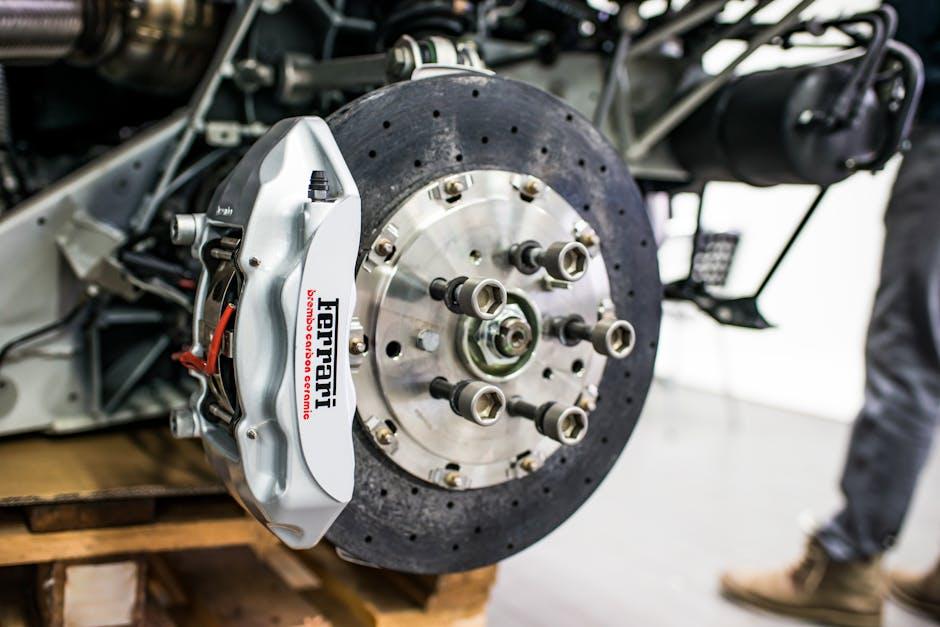In the intricate dance of automotive performance, brake calipers play a silent yet pivotal role. Often overlooked, these mechanical guardians ensure that every stop is smooth, safe, and precise. Proper maintenance of brake calipers is not just about prolonging the life of a vehicle’s braking system—it’s a crucial step in safeguarding the driver’s control and peace of mind on the road. Understanding the importance of brake caliper upkeep reveals how this small but mighty component influences overall driving safety and vehicle efficiency.
Table of Contents
- Understanding the Role of Brake Calipers in Vehicle Safety
- Signs Your Brake Calipers Need Immediate Attention
- Step-by-Step Guide to Proper Brake Caliper Inspection
- Effective Cleaning Techniques for Prolonged Caliper Performance
- Choosing the Right Lubricants and Parts for Caliper Maintenance
- Preventative Measures to Avoid Costly Brake Caliper Repairs
- Q&A
- To Conclude
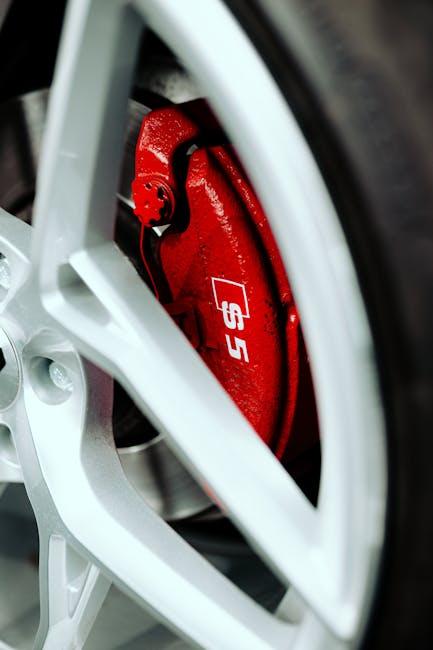
Understanding the Role of Brake Calipers in Vehicle Safety
At the heart of every safe braking system lies the brake caliper, a critical component responsible for converting hydraulic pressure into the mechanical force that slows your vehicle. These precision-engineered parts grip the brake pads tightly against the rotors, creating the friction needed to stop your car swiftly and reliably. Without well-maintained calipers, the braking process can become uneven or sluggish, increasing stopping distances and raising the risk of accidents on the road.
Proper upkeep of brake calipers involves monitoring several key factors to ensure peak performance:
- Lubrication: Ensures smooth caliper movement and prevents seizing.
- Seal Condition: Keeps out contaminants and maintains hydraulic pressure.
- Pad Alignment: Guarantees even wear and optimal friction.
- Corrosion Prevention: Protects against rust that can impair operation.
| Maintenance Tip | Impact on Safety |
|---|---|
| Regular Inspection | Detects early signs of wear |
| Timely Replacement | Prevents brake failure |
| Proper Lubrication | Ensures consistent stopping power |
| Seal Integrity Checks | Avoids hydraulic leaks |

Signs Your Brake Calipers Need Immediate Attention
When you notice your vehicle pulling to one side during braking or hear unusual grinding noises, these are clear cues that your brake calipers might be compromised. A sticking or seized caliper can cause uneven brake pad wear, leading to reduced braking efficiency and potential safety hazards. Additionally, a soft or spongy brake pedal often signals air trapped in the system or caliper malfunction, demanding immediate inspection. Ignoring these signs can escalate damage, increasing repair costs and risking your safety on the road.
Other symptoms to watch for include:
- Fluid Leaks: Visible brake fluid near the wheels can indicate a caliper piston seal failure.
- Overheating Wheels: Excessive heat from a wheel may point to a stuck caliper creating continuous friction.
- Uneven Brake Pad Wear: Noticeably worn pads on one side reveal caliper issues affecting pressure distribution.
| Symptom | Potential Cause | Immediate Action |
|---|---|---|
| Pulling to One Side | Seized or Sticking Caliper | Schedule Brake Inspection |
| Grinding Sound | Worn Brake Pads or Damaged Caliper | Replace Pads and Check Calipers |
| Brake Fluid Leak | Damaged Caliper Seal | Immediate Repair Needed |
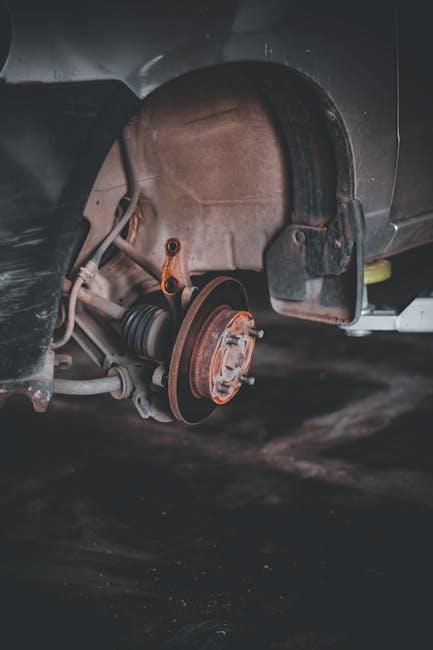
Step-by-Step Guide to Proper Brake Caliper Inspection
Begin your inspection by first ensuring the vehicle is safely lifted and secured. Remove the wheel to access the brake caliper clearly. Visually check for any signs of leakage around the caliper seals, as brake fluid presence often signals a potential failure. Next, examine the caliper for rust or corrosion, which can inhibit its movement and cause uneven brake pad wear. Use a brake cleaner spray to remove dirt buildup, enhancing your ability to spot cracks or damage.
Once cleaned, manually operate the caliper piston using a C-clamp or caliper tool to check for smooth retraction. If the piston is sticky or refuses to retract, it’s a sign that servicing or replacement is necessary. It’s also crucial to inspect the caliper mounting bolts and hardware for tightness and wear, ensuring everything is secured properly. Below is a quick reference table summarizing the key inspection points:
| Inspection Aspect | What to Look For | Recommended Action |
|---|---|---|
| Fluid Leaks | Wet seals or fluid trails | Seal replacement or caliper rebuild |
| Corrosion | Surface rust or pitting | Cleaning or caliper replacement |
| Movement | Piston smooth retraction | Lubricate or replace piston |
| Mounting Hardware | Loose or worn bolts | Tighten or replace |
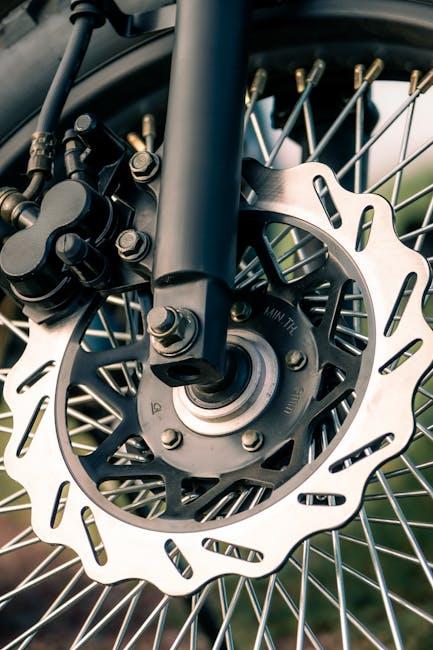
Effective Cleaning Techniques for Prolonged Caliper Performance
To keep your brake calipers functioning optimally, it’s essential to adopt a thorough cleaning routine that targets the buildup of dirt, brake dust, and corrosive elements. Begin by carefully removing the calipers from the wheel assembly, ensuring all safety protocols are in place. Use a soft brush and brake cleaner spray to gently dislodge debris without damaging the seals or pistons. Attention to detail is critical—avoid harsh abrasives that can erode the protective coating. After cleaning, lubricate the slide pins and contact points with specialized high-temperature grease to maintain smooth operability and prevent seizing.
Incorporating a regular cleaning schedule can dramatically extend the lifespan of your calipers and improve braking precision. Consider these quick steps for each maintenance session:
- Inspect piston boots for cracks or damage
- Flush caliper fluid ports to prevent clogging
- Apply anti-corrosion spray to exposed metal surfaces
- Check for uneven pad wear indicating caliper issues
| Technique | Purpose | Frequency |
|---|---|---|
| Brake Cleaner Spray | Remove brake dust and grime | Every 15,000 miles |
| Slide Pin Lubrication | Prevent sticking and wear | Every 10,000 miles |
| Visual Inspection | Detect early damage | Every oil change |
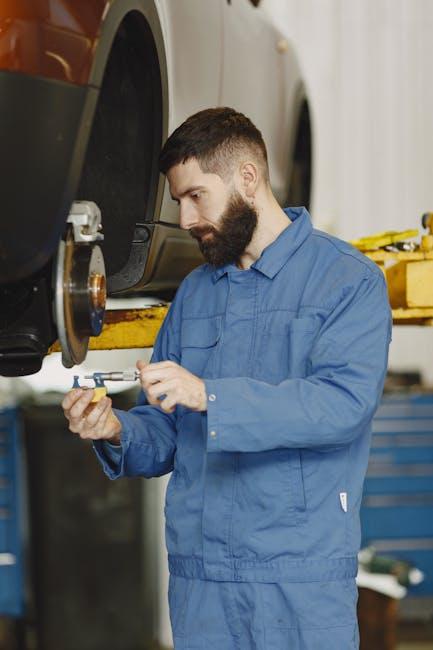
Choosing the Right Lubricants and Parts for Caliper Maintenance
Selecting the appropriate lubricants and replacement parts is essential to ensure the longevity and optimal performance of your brake calipers. High-quality lubricants designed specifically for brake components help reduce friction and prevent corrosion, which in turn enhances smooth operation and reliable braking response. Avoid using general automotive grease, as it can degrade rubber seals and lead to premature wear of delicate parts. Instead, opt for silicone-based or synthetic brake lubricants that withstand high temperatures and resist water contamination.
When it comes to parts, it’s crucial to choose components that precisely match your vehicle’s specifications. Using OEM (Original Equipment Manufacturer) parts guarantees compatibility and durability, while aftermarket options should be carefully vetted for quality and performance standards. Consider the following factors during selection:
- Material Quality: Opt for stainless steel or coated parts to prevent rust.
- Fit and Dimensions: Ensure all seals, pistons, and slides perfectly align with your caliper model.
- Brand Reputation: Trusted brands often provide warranties and thorough testing.
| Lubricant Type | Best Use | Temperature Range |
|---|---|---|
| Silicone-Based | Seals and Rubber Components | -40°C to 200°C |
| Synthetic Brake Lubricants | Metal-to-Metal Contact | -30°C to 250°C |
| Graphite Lubricants | Slide Pins | -20°C to 180°C |
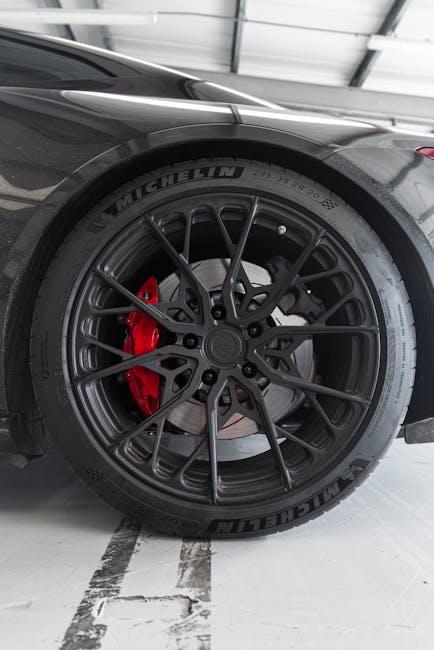
Preventative Measures to Avoid Costly Brake Caliper Repairs
Taking proactive steps can dramatically extend the life of your brake calipers and safeguard your vehicle’s safety. Regularly inspecting the brake system not only helps identify early signs of wear but also prevents corrosion and seizing. Make it a habit to clean the calipers during each brake service, using brake cleaner sprays and a soft brush to remove dirt and grime buildup. Additionally, lubricating the caliper slide pins ensures smooth movement and reduces friction that could cause uneven brake pad wear or caliper damage.
Simple lifestyle adjustments can also play a vital role in caliper longevity. Avoid aggressive braking, which puts excessive strain on components, speeding up wear and tear. Keeping an eye on brake fluid quality and levels is another crucial task, as contaminated or low fluid can lead to caliper malfunction. The table below summarizes essential maintenance tips for preventing costly repairs:
| Maintenance Tip | Benefit |
|---|---|
| Regular Inspection | Detects early wear and corrosion |
| Cleaning Calipers | Prevents grime buildup and seizing |
| Lubricate Slide Pins | Ensures smooth caliper movement |
| Monitor Brake Fluid | Maintains hydraulic efficiency |
| Gentle Braking Habits | Reduces stress on calipers |
Q&A
Q&A: Understanding the Importance of Brake Caliper Maintenance
Q1: What exactly is a brake caliper and why is it important?
A brake caliper is a crucial component of your vehicle’s disc braking system. It houses the brake pads and pistons and is responsible for pressing the pads against the brake rotor to slow down or stop your car. Without a properly functioning caliper, your braking efficiency diminishes, posing serious safety risks.
Q2: How does regular brake caliper maintenance benefit my vehicle?
Regular maintenance ensures that calipers operate smoothly and apply even pressure on brake pads. This prevents uneven wear, enhances braking performance, and extends the lifespan of both the pads and rotors. In essence, it keeps your vehicle safer on the road and saves money in the long run.
Q3: What are common signs that my brake calipers need attention?
Watch for symptoms like a dragging sensation when driving, uneven brake pad wear, pulling to one side during braking, or unusual noises such as grinding or squealing. These can indicate stuck, leaking, or faulty calipers requiring immediate inspection.
Q4: Can neglecting brake caliper maintenance cause damage beyond the brakes?
Absolutely. If calipers seize or leak brake fluid, it can affect the brake system’s hydraulic pressure, leading to reduced stopping power. Over time, this can also damage brake lines and compromise overall vehicle safety.
Q5: How often should brake calipers be inspected or serviced?
While exact intervals depend on vehicle use and manufacturer recommendations, it’s wise to have calipers inspected during routine brake checks, typically every 20,000 to 30,000 miles. Prompt attention to any issues can prevent costly repairs.
Q6: Is brake caliper maintenance something I can do myself?
Basic visual inspections can be done at home, but detailed maintenance—like cleaning, lubricating guide pins, or rebuilding calipers—requires mechanical expertise. It’s best to leave this to qualified technicians to ensure safety and proper function.
Q7: In a nutshell, why shouldn’t brake caliper maintenance be overlooked?
Brake calipers are the unsung heroes of your braking system. Keeping them well-maintained means reliable stops, balanced braking, fewer repairs, and ultimately, peace of mind every time you hit the road. Ignoring them can compromise safety and lead to expensive repairs—risks not worth taking.
To Conclude
In the intricate dance of machinery that keeps your vehicle safe and responsive, brake calipers play a starring role. Regular maintenance isn’t just a technical task—it’s a commitment to your safety, your car’s longevity, and the smooth journeys ahead. By paying close attention to these vital components, you ensure every stop is as reliable as the start of your adventure. After all, in the story of your drive, well-maintained brake calipers write the chapter where control meets confidence.
